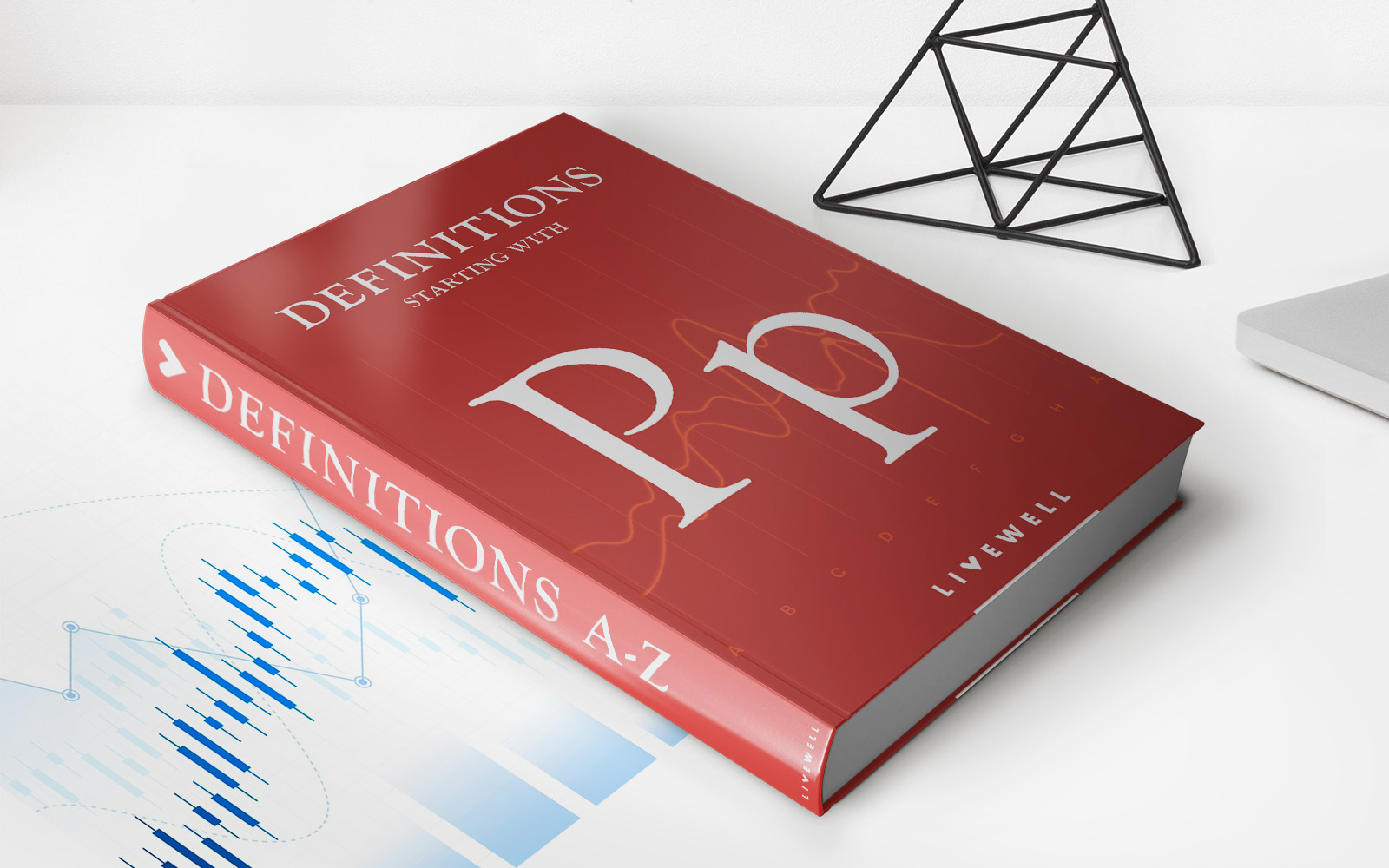Home>Finance>Bid Size Defined And Explained With Real World Example


Finance
Bid Size Defined And Explained With Real World Example
Published: October 15, 2023
Learn the meaning and significance of bid size in finance, with a real-world example explained in simple terms. Enhance your financial knowledge today!
(Many of the links in this article redirect to a specific reviewed product. Your purchase of these products through affiliate links helps to generate commission for LiveWell, at no extra cost. Learn more)
Understanding Bid Size in Finance
Have you ever wondered what the term “bid size” means in the world of finance? Whether you’re a seasoned investor or just starting out, understanding bid size is essential to making informed decisions in the financial markets. In this article, we will define bid size, explain its significance, and provide a real-world example to help you grasp this concept with ease.
Key Takeaways:
- Bid size refers to the number of shares or units of a financial instrument that potential buyers are willing to purchase at a specific price.
- Understanding bid size can help investors gauge the level of demand for a security and make informed trading decisions.
What is Bid Size?
Bid size is a term used in finance to refer to the number of shares or units of a financial instrument that potential buyers are willing to purchase at a specific price. It represents the demand for a security at a given moment in the market. When you look at a stock quote, you will often see bid size displayed alongside the bid price.
In simple terms, the bid size tells you how many shares investors are willing to buy at a specific price level. For example, if a stock has a bid size of 100 shares at a price of $10, it means that there are potential buyers willing to purchase 100 shares at that price. The bid size can vary significantly depending on market conditions, liquidity, and investor sentiment.
Why is Bid Size Important?
Bid size plays a crucial role in understanding the supply and demand dynamics of a security in the financial markets. It provides valuable insights into market sentiment, allowing investors to gauge the level of demand for a particular stock or financial instrument.
Here are two key takeaways to keep in mind:
- Higher bid size indicates higher demand for a security, suggesting that there are more buyers looking to purchase shares.
- Conversely, a lower bid size indicates lower demand for a security, which may be a sign of potential selling pressure.
Real World Example of Bid Size
Let’s say you are a potential buyer looking to invest in ABC Company, a publicly listed stock. You check the stock quote and notice that the bid size for ABC Company is 500 shares at $20. This means that there are potential buyers willing to buy up to 500 shares of the company at $20 per share.
If you decide to place a market order to buy 200 shares of ABC Company, your order will likely be executed without any issues, as there are already buyers willing to purchase 500 shares at that price. However, if you were looking to buy 1,000 shares, you might face challenges as the bid size may not be sufficient to accommodate your order.
The bid size in this example highlights the current level of demand for the stock and can help you make an informed decision about entering or exiting a position in ABC Company.
Conclusion
Understanding bid size is vital for any investor or trader looking to navigate the financial markets. By knowing the bid size, you can gain insights into market sentiment and gauge the level of demand for a particular security.
Remember, a higher bid size indicates greater demand, while a lower bid size suggests lower demand. By keeping an eye on the bid size, you can make better-informed decisions when buying or selling stocks or other financial instruments.














